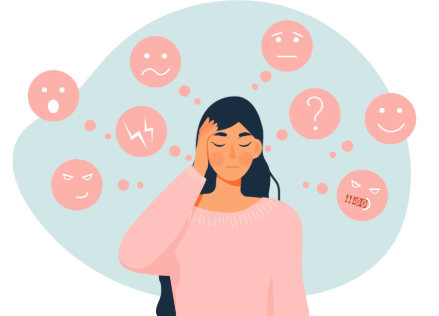Introduction: When Fibromyalgia Leaves You Feeling Lost and Alone
Fibromyalgia can feel like a lonely battle, surrounded by confusion, frustration, and invisible pain. But here’s the truth you may need to hear today — you are not broken, and you are absolutely not alone. This article is your reminder that your struggle is valid, your pain is real, and hope still belongs to you.
The Truth Many Forget: Fibromyalgia Is Real, And So Are You
It’s Not In Your Head
People may have doubted you. Doctors may have questioned you. Friends may have misunderstood you. But your experience is real. Fibromyalgia is not imagined or exaggerated. It is a complex condition involving your nervous system, muscles, and brain signals — and none of that is your fault.
You Did Not Cause This
You didn’t “think” yourself into pain. You didn’t make poor choices that brought this on. Sometimes, illness simply finds us — and what matters most is how courageously we respond.
You Are Stronger Than You Feel
Every Day You Wake Up Is Proof of Strength
Even when getting out of bed feels like climbing a mountain, you are displaying strength. Even when your body aches from head to toe, you are resilient beyond words.
Rest Is Not Weakness
Rest is an essential part of managing fibromyalgia, not a sign of laziness or defeat. Listening to your body is a victory in itself.
The Emotional Weight Is Heavy, But You Don’t Carry It Alone
You Are Not a Burden
Needing help does not make you a burden. Saying no to things that drain you does not make you selfish. Taking care of yourself is necessary and brave.
Your Feelings Are Valid
Sadness, anger, frustration, guilt — these emotions are natural. You are allowed to grieve the life you had before fibromyalgia while still holding onto hope for the life you have now.
Hope Still Exists, Even On The Hardest Days
Flare-Ups Do Not Last Forever
Every flare, no matter how fierce, eventually passes. The hard moments do not define your forever. The better days still exist — and they are worth holding on for.
Small Wins Matter Deeply
Victories may look different now, but they matter just as much:
- Getting dressed
- Laughing with a friend
- Preparing a meal
- Going for a walk
Celebrate these moments because they are powerful proof that you are still living and loving through it all.
You Are Not Alone in This Fight
There Is a Whole Community Who Understands
Thousands of people around the world walk this road with you. People who understand the exhaustion. People who understand the isolation. People who understand the courage it takes to keep going.
Connection Brings Comfort
Even if your loved ones don’t fully understand, there are others who do. Finding connection, whether online or in support groups, can remind you that your story matters.
The Reassurance You Deserve to Hear
Your Life Still Has Purpose
Fibromyalgia may change your life, but it doesn’t take away your worth. You still have purpose. You still have dreams. You still have value beyond measure.
Healing Is Not Always Linear
Some days will be harder than others. Some progress will be slow. But progress is still progress. Healing may not look like a cure — sometimes it looks like adapting, growing, and thriving in new ways.
Conclusion: A Gentle Reminder for Your Heart
To the fibro warrior reading this — your pain is real, your fight is valid, and your presence in this world matters more than you know. You are not weak for struggling. You are powerful for surviving. Never forget that even on the darkest days, there is hope waiting for you just beyond the moment you are in.
You are seen.
You are heard.
You are enough. And you are never, ever alone.

Click Here to Visit the Store and find Much More….
For More Information Related to Fibromyalgia Visit below sites:
References:
Fibromyalgia Contact Us Directly
Click here to Contact us Directly on Inbox
Official Fibromyalgia Blogs
Click here to Get the latest Chronic illness Updates
Fibromyalgia Stores
